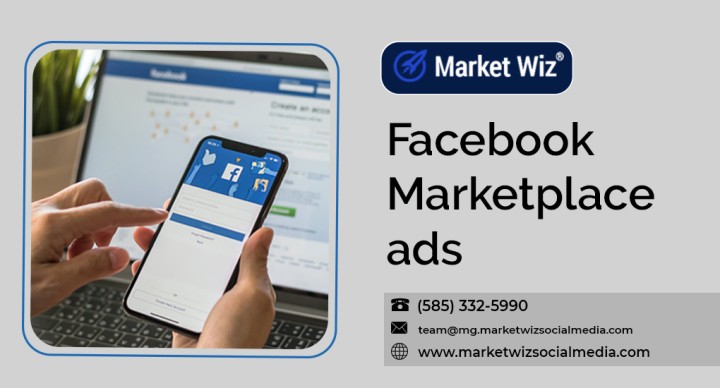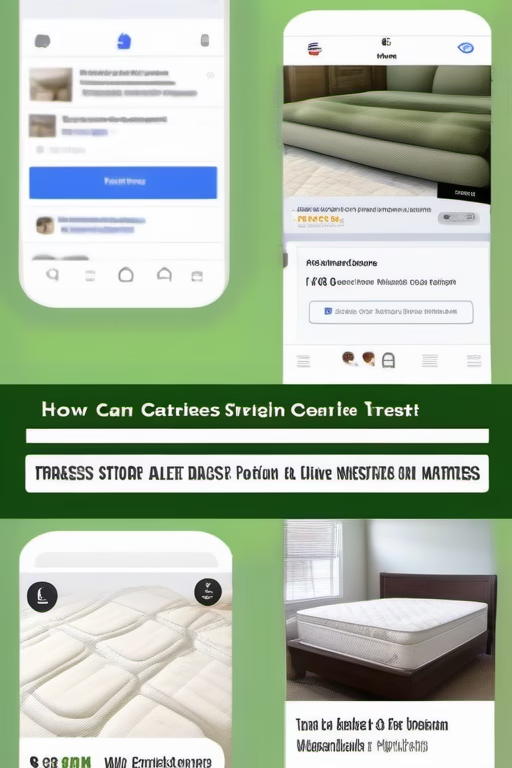How to Sell More Cybersecurity Services: Finding the Right Market
Your Proven Growth Blueprint by Market Wiz
Table of Contents
- Introduction: Securing Your Sales Pipeline
- 1. Understanding Target Buyer Personas
- 1.1 SMEs Seeking Compliance
- 1.2 Regulated Enterprises
- 1.3 Remote & Hybrid-Work Organizations
- 1.4 Tech-Savvy Startups
- 2. Identifying High‑Value Verticals
- 3. Packaging & Positioning Services
- 4. Lead Generation & Outreach
- 5. Consultative Sales Process
- 6. Pricing Models & SLAs
- 7. Partnerships & Alliances
- 8. Thought Leadership & Content Marketing
- 9. Events, Webinars & Workshops
- 10. Analytics & Continuous Improvement
- Conclusion & Next Steps
- 25 FAQs
- 25 Extra Keywords
Introduction: Securing Your Sales Pipeline
Cybersecurity demand is surging as organizations race to protect data, networks, and reputation. Yet, selling these specialized services requires pinpointing the right market, speaking your buyers’ language, and demonstrating clear ROI. In this guide, Market Wiz outlines a step‑by‑step strategy to identify high‑value targets, craft compelling offerings, and close more deals in the competitive cybersecurity landscape.
1. Understanding Target Buyer Personas
1.1 SMEs Seeking Compliance
Small and midsize businesses often lack in‑house security expertise. They prioritize cost‑effective compliance (e.g., GDPR, PCI) and outsourced monitoring. Position managed detection & response (MDR) as an all‑in‑one solution.
1.2 Regulated Enterprises
In finance, healthcare, and government, stringent regulations demand advanced controls—SIEM, threat hunting, audit support. Emphasize certifications (SOC 2, HIPAA) and 24/7 incident response.
1.3 Remote & Hybrid‑Work Organizations
With distributed workforces, secure access (VPN, zero trust) and endpoint protection are critical. Showcase identity management and secure‑by‑design architectures that support seamless remote operations.
1.4 Tech‑Savvy Startups
Rapidly growing startups value agility and integration. Offer API‑driven security platforms, DevSecOps consulting, and scalable cloud security services to align with their fast pace.
2. Identifying High‑Value Verticals
Analyze market size, average deal value, and competitive landscape to choose sectors where cybersecurity budgets are robust. Healthcare, fintech, and e‑commerce often yield higher LTV. Conduct secondary research and customer interviews to validate your vertical choices.
3. Packaging & Positioning Services
Define modular packages—Essentials (vulnerability scans, basic firewall), Advanced (SIEM, MDR), and Enterprise (pentesting, 24/7 SOC). Craft clear SLAs around detection times and remediation support. Position each tier with outcomes: “Reduce breach dwell time by 70%.”
4. Lead Generation & Outreach
Email Campaigns & Cold Outreach
Build targeted lists via LinkedIn Sales Navigator and industry webinars. Send personalized emails referencing specific risk concerns—“How we helped a fintech cut phishing incidents by 90%.”
Inbound Content Strategy
Create gated resources—whitepapers on zero trust, compliance checklists—to capture leads and nurture via drip sequences. Optimize for search terms like “MDR providers” and “SIEM consulting.”
Paid Ads & Retargeting
Run LinkedIn and Google Ads targeting CISOs and IT Directors. Use retargeting to re‑engage website visitors with case studies and pricing offers.
5. Consultative Sales Process
Discovery & Risk Assessment
Begin with a no‑cost security assessment or pen test to uncover vulnerabilities. Present findings in an executive report that highlights business impact and recommended next steps.
Customized Demos & Proof‑of‑Concepts
Demonstrate your SOC or MDR dashboard with sample alerts and response workflows. Offer short POCs to prove value before full engagement.
Handling Objections
Prepare for cost and complexity concerns by showcasing ROI metrics—breach cost avoidance, compliance audit pass rates—and offering phased rollouts.
6. Pricing Models & SLAs
Adopt subscription models (per‑client or per‑endpoint pricing) that align with client growth. Bundle core services with optional add‑ons. Ensure SLAs cover detection time (<15 min) and remediation support (1h response) to build trust.
7. Partnerships & Alliances
Join vendor programs (Microsoft, Palo Alto, CrowdStrike) to gain training, co‑marketing funds, and referrals. Collaborate with MSPs and MSSPs to cross‑sell security services to existing IT clients.
8. Thought Leadership & Content Marketing
Publish expert articles on breach trends, host a podcast interviewing CISOs, and contribute to trade journals. Use structured blog posts optimized for “how to choose MDR” and “best SIEM for SMB.” This cements credibility and drives organic leads.
9. Events, Webinars & Workshops
Host virtual and in‑person workshops—“Zero Trust 101”—and partner with industry groups for speaking slots. Collect registrant data to follow up with tailored service offers.
10. Analytics & Continuous Improvement
- Track lead-to-opportunity conversion rates and average sales cycle length.
- Monitor client security metrics—incident counts, mean time to detect (MTTD)—to demonstrate ongoing value.
- Review win/loss analysis quarterly to refine targeting and messaging.
Conclusion & Next Steps
Selling more cybersecurity services starts with laser‑focused market selection and packaging, followed by targeted lead generation and a consultative sales approach. Begin today by mapping your ideal verticals, launching a compliance assessment campaign, and scheduling discovery workshops this month. With disciplined execution and data‑driven optimizations, you’ll secure more clients and build a reputation as a trusted security partner.
25 Frequently Asked Questions
1. What verticals pay the highest for cybersecurity?
Finance, healthcare, and critical infrastructure often allocate the largest budgets due to regulatory pressures.
2. How do I price MDR services?
Typical pricing ranges \$50–\$150 per endpoint per month, depending on coverage and SLA levels.
3. What’s the difference between MDR and managed firewall?
MDR includes threat detection & response across endpoints and networks; managed firewall focuses solely on firewall management.
4. How to generate qualified cybersecurity leads?
Use gated whitepapers, compliance webinars, and targeted LinkedIn Ads to attract decision‑makers.
5. How long is a security POC?
Typically 2–4 weeks to deploy agents, collect data, and demonstrate detection capabilities.
6. What objections will I face?
Clients often worry about budget, complexity, and false positives—counter with ROI data and phased deployments.
7. How to demonstrate ROI?
Compare breach incident frequency and cost before and after service deployment to quantify savings.
8. Should I offer free assessments?
Yes—assessments lower the barrier to engagement and provide actionable insights that lead to full projects.
9. How to partner with MSPs?
Offer revenue‑share agreements and co‑branded marketing to MSPs that need security expertise.
10. What certifications matter most?
ISO 27001, SOC 2, and CISSP credentials build trust with enterprise buyers.
11. How to handle SLAs?
Be realistic—guarantee response times (<1h) and detection windows (<15m) but avoid over‑promising.
12. How to retain security clients?
Regular business reviews, continuous improvements, and demonstrating value keep clients engaged.
13. What tools automate threat detection?
SIEM platforms (Splunk, Azure Sentinel) combined with EDR tools (CrowdStrike, SentinelOne).
14. How to price penetration tests?
Flat fees from \$5K–\$30K+, depending on scope (web app vs. network vs. physical).
15. What's the first sales step?
Run a quick vulnerability scan for prospects to spark conversations around deeper security needs.
16. How to use content for lead gen?
Publish industry‑specific case studies and how‑to guides gated behind lead capture forms.
17. What metrics do clients care about?
Mean Time to Detect (MTTD), Mean Time to Respond (MTTR), and number of incidents prevented.
18. How to price compliance services?
Offer fixed‑fee compliance packages based on number of policies and depth of audit support.
19. Should I target local or national?
Start local to build reputation, then expand regionally or nationally as you scale partnerships.
20. What’s ABM in cybersecurity?
ABM targets specific high‑value accounts with tailored messaging and multi‑touch campaigns.
21. How often to run webinars?
Quarterly to keep content fresh and maintain top‑of‑mind presence with prospects.
22. How to build referral programs?
Offer discounts or service credits for client and partner referrals that convert to paid projects.
23. How to ensure global coverage?
Partner with MSSPs in other regions and use cloud‑based monitoring platforms for 24/7 coverage.
24. What’s consultant vs. managed service?
Consultants deliver one‑off advice and assessments; managed services provide ongoing monitoring and response.
25. How to scale my SOC?
Leverage automation, tiered alert triage, and outsource overflow to 24/7 partner SOC providers.
25 Extra Keywords
- cybersecurity marketing strategies
- selling managed detection response
- SIEM consulting sales
- cybersecurity buyer personas
- cybersecurity packaging tiers
- MSSP lead generation
- cybersecurity ROI metrics
- vulnerability assessment outreach
- pen test marketing
- zero trust sales pitch
- GDPR compliance services
- CISSP vendor partnerships
- threat hunting services
- cloud security sales
- endpoint protection marketing
- incident response SLA
- cybersecurity content marketing
- security webinar topics
- cybersecurity webinars
- ABM for cybersecurity
- cybersecurity referral program
- cybersecurity sales objections
- managed firewall sales
- cybersecurity automation tools
- Market Wiz security guide

















